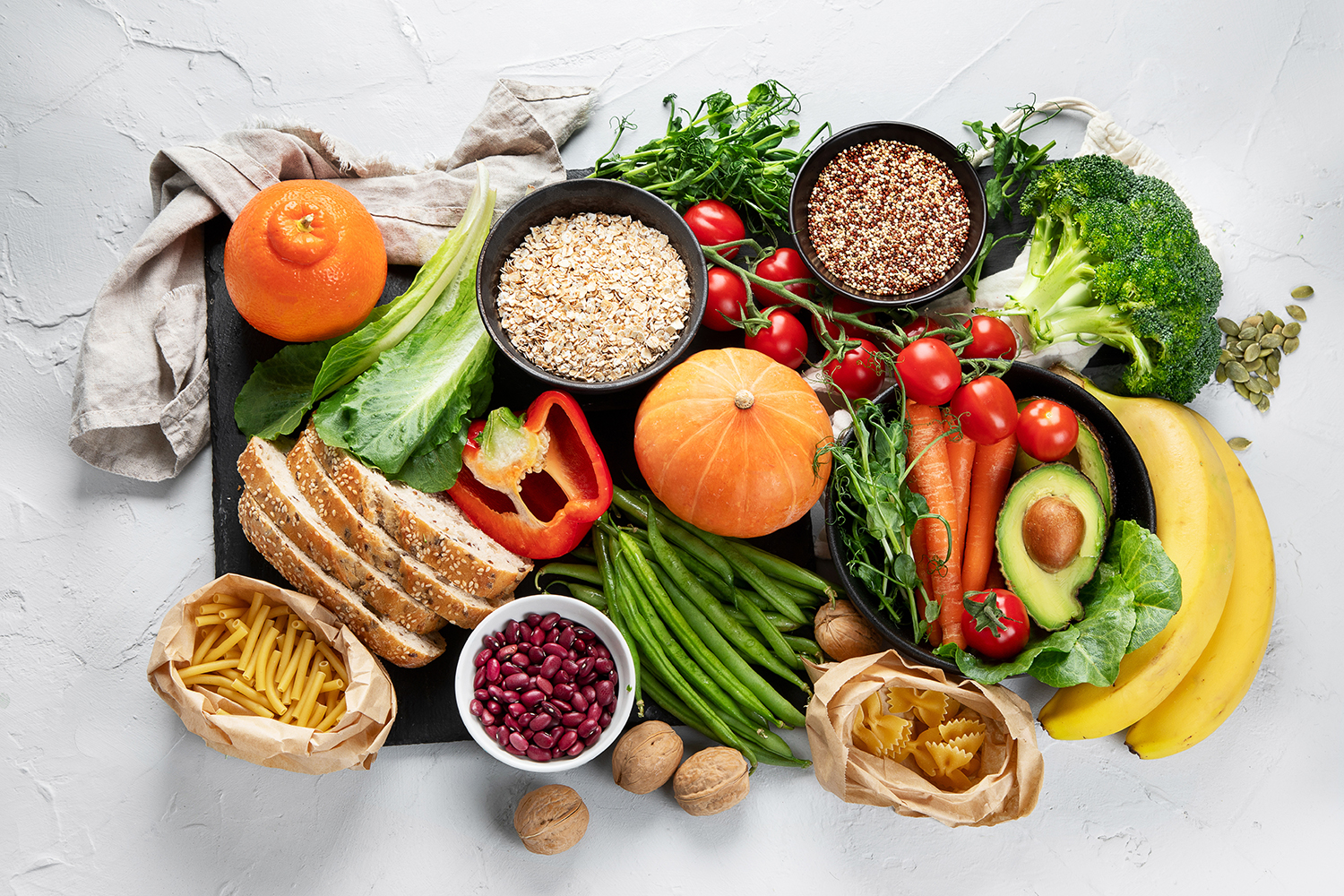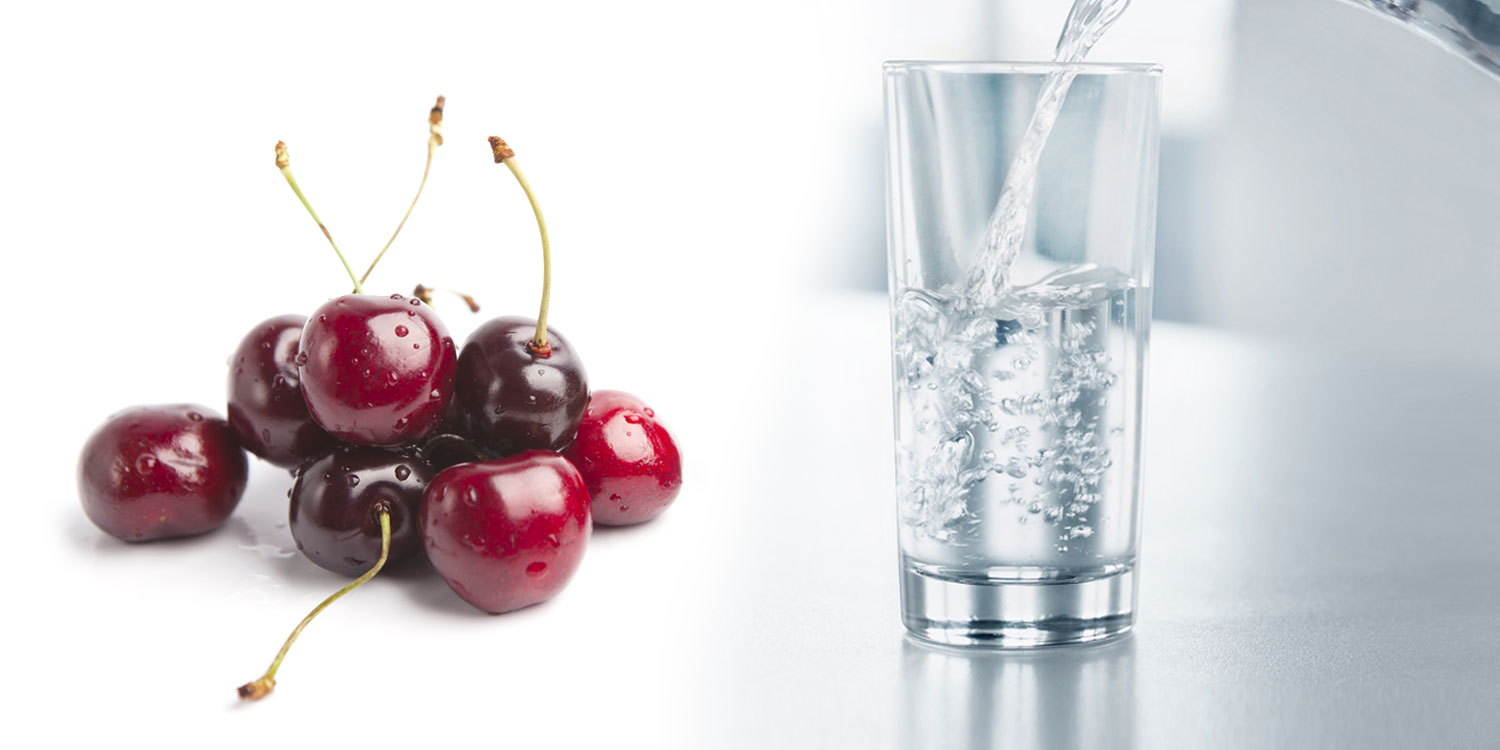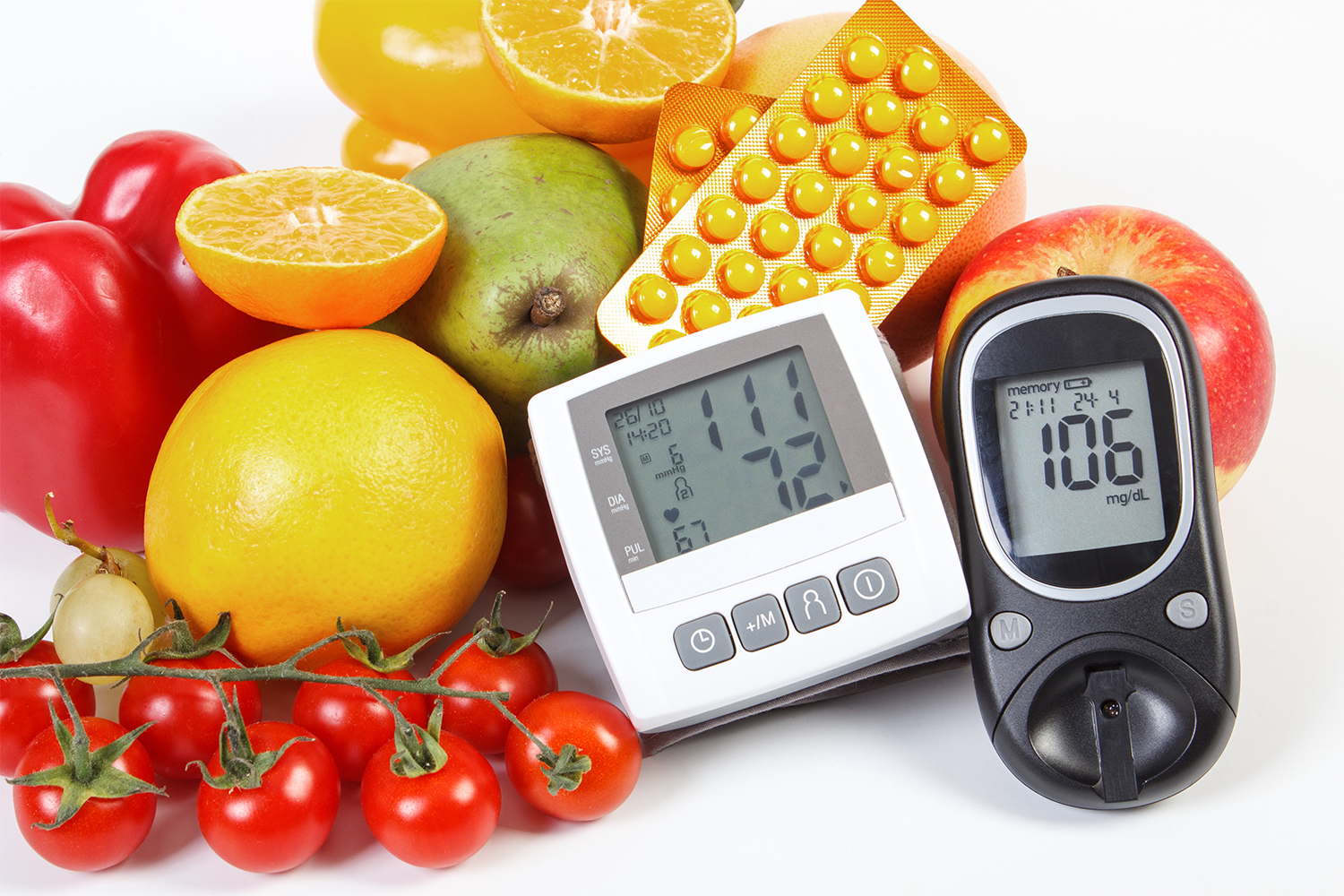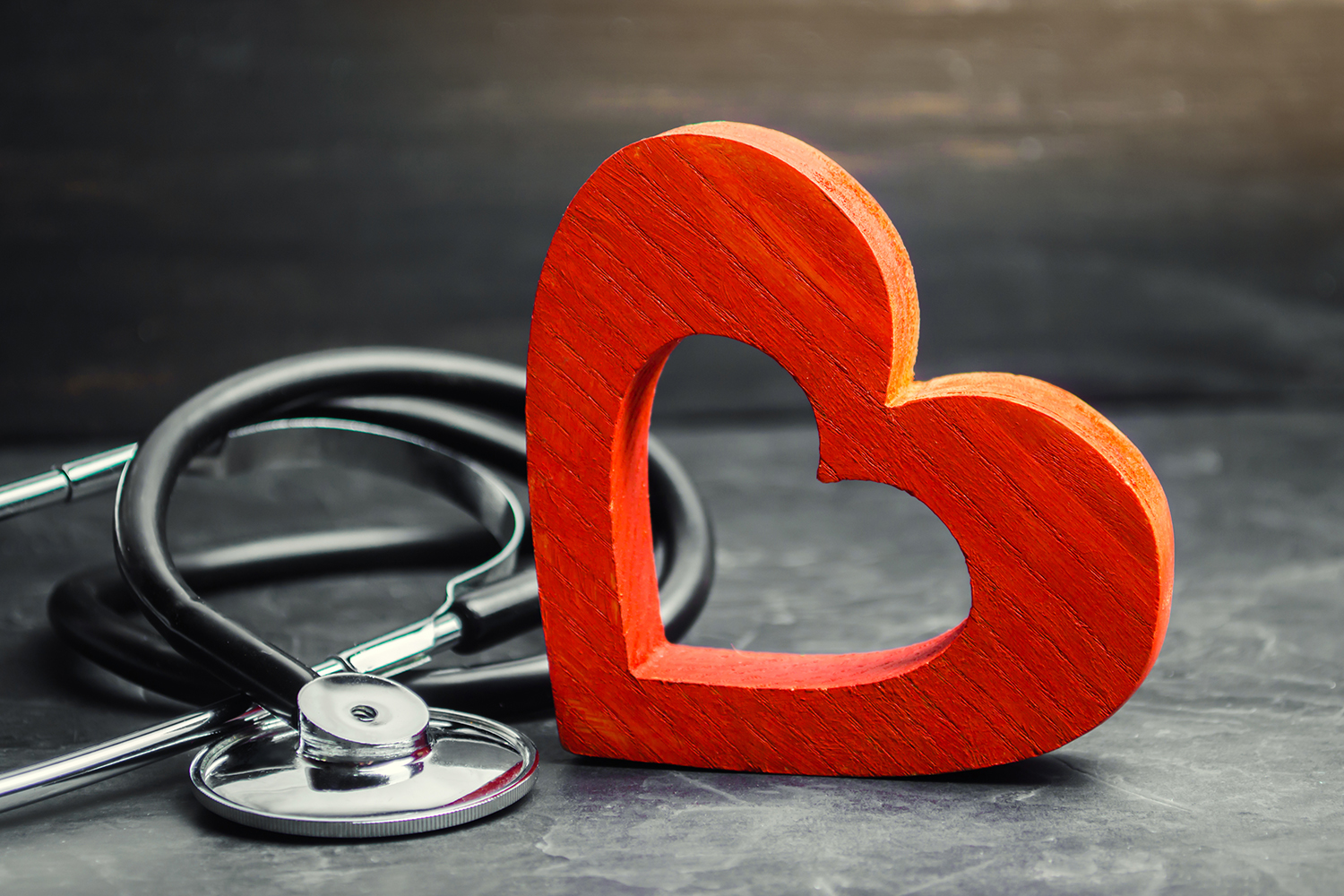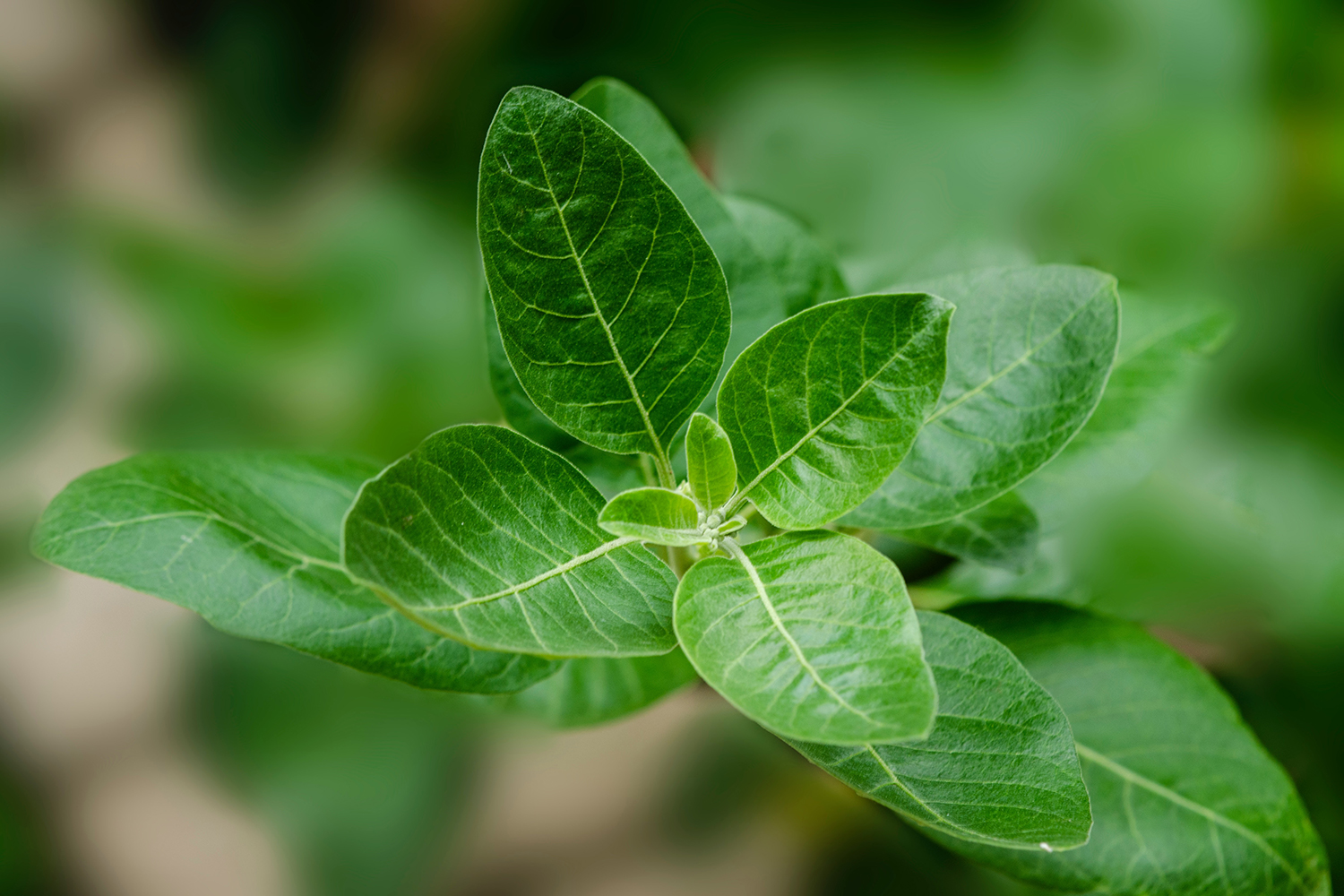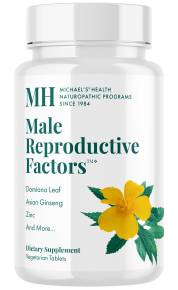Irritable Bowel Syndrome (IBS) is common, affecting roughly 7 to 20 percent of the US population, including twice as many women as men.
Forms of IBS
IBS comes in four types:
-
IBS-D
IBS-D, or IBS with diarrhea, is the most common subtype. Its symptoms include abdominal discomfort, pain or cramps in the stomach, gas, and diarrhea: regular loose stools and urgency to move the bowels.
-
IBS-C
IBS-C, or IBS with constipation, produces abdominal discomfort, pain and bloating, and constipation: straining and difficulty in moving the bowels, infrequent bowel movements, and hard stools.
-
IBS-M
IBS-M, or IBS with mixed symptoms—sometimes referred to as IBS-A, for alternating—produces symptoms of both IBS-D and IBS-C.
People with IBS-M swing back and forth from diarrhea to constipation.
-
IBS-U
IBS-U, or undefined IBS, produces variable symptoms. Stool consistency does not meet the criteria for the other types of IBS.
Managing IBS Symptoms
IBS has no cure, but the condition is not life-threatening. Symptom management can involve lifestyle changes, stress reduction, and diet adjustments.
Diet
IBS sufferers can get relief from avoiding foods that can trigger intestinal distress. Those include:
- Milk
- High-fructose fruits like apples, pears, and dried fruits
- Processed foods containing high-fructose corn syrup
- Carbonated drinks
- Caffeine
- Sugar-free chewing gum
- Beans
- Cruciferous vegetables like broccoli and Brussels sprouts
- Wheat
- Red peppers and green onions
- Red wine
- Nutritional and weight-loss supplements
Foods affect different people differently. If you’re not sure what your triggers are, try writing down what you eat so you can pinpoint the cause of a flare-up.
Some people find relief through the low-FODMAP diet, which eliminates certain carbohydrates that can be irritating. If you decide to follow a low-FODMAP diet, you can still eat foods like rice, potatoes, quinoa, wheat-free bread, lactose-free dairy products, fish, eggs, chicken, beef, and certain fruits and veggies.
One recent study found that 71 percent of people with IBS who followed a low-carbohydrate, high-fat diet that allowed foods such as pork, beef, chicken, eggs, fish, cheese, yogurt, veggies, berries, and nuts experienced significant reductions in IBS symptoms.
A nutritionist or dietitian with IBS experience can help sort through all this.
Lifestyle
Emotional stress can set off IBS as well. Exercise, deep breathing, yoga, a soothing cup of tea—cultivate relaxation methods to keep anxiety at bay.
Supplements
Some supplements have been shown to be helpful. Here’s what the research shows:
-
Probiotics
Scientists are studying probiotics as a treatment for IBS and other GI disorders with similar symptoms, as an imbalance in the gut microbiota could be a cause of symptoms brought on by IBS.
For instance, a 2019 study of patients with celiac disease who had IBS-type symptoms despite following a gluten-free diet found that those given probiotics for six weeks had a significant decrease in symptoms compared to the placebo group.
A scientific review suggested that combining probiotic and prebiotic supplementation with the low FODMAP diet could have promise for management of IBS.
While both treatments have been effective for some people with the condition, the probiotics and prebiotics would serve to counter the drop in Bifidobacteria caused by the FODMAP diet.
-
Boswellia Extract
Several people with IBS but no other conditions were assigned to treatment groups for four weeks.
- People in one group were given hyoscine butylbromide, a medication used to treat cramps.
- Those in the second group were given papaverine hydrochloride, which is a vasodilator, plus belladonna extract.
- Those in the third group were given supplements of boswellia extract (250 milligrams per day).
Symptoms improved in all groups. The number of people who needed medical attention for IBS decreased significantly in the boswellia group only.
-
Peppermint Oil
Scientists analyzed 12 randomized studies including 835 patients to determine the effect of peppermint oil as a treatment of IBS. They found that peppermint oil is safe and effective in treating pain and other symptoms in adults with IBS.
Talk to Your Doctor
If you don’t have a diagnosis but think you may have IBS, talk with your healthcare practitioner. Other conditions can create similar symptoms, so you’ll want to rule them out.
Also, medication is available for people who need additional help managing the symptoms. Your healthcare provider will help you determine which of the four types of IBS you have, as the medication prescribed varies depending on type.
